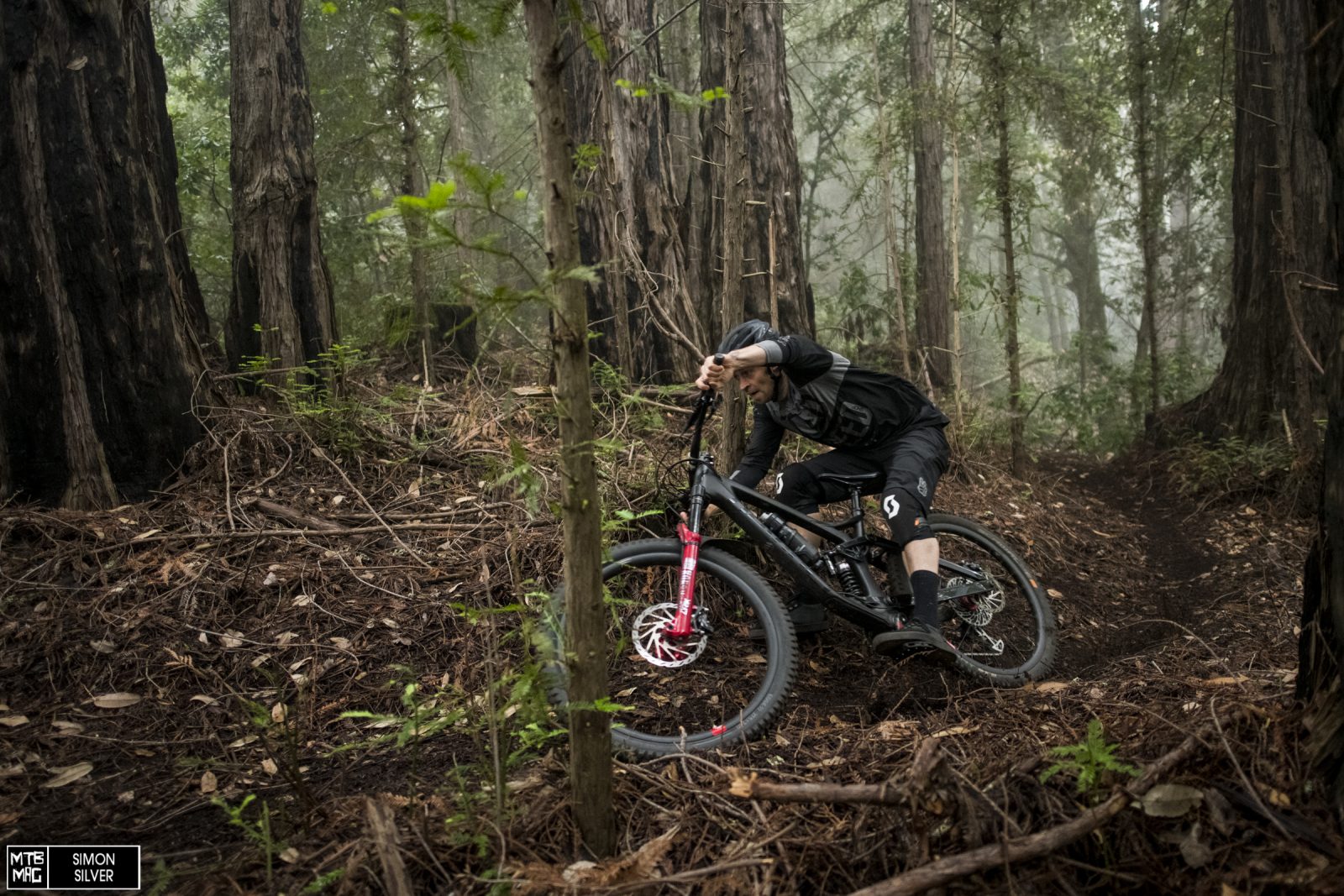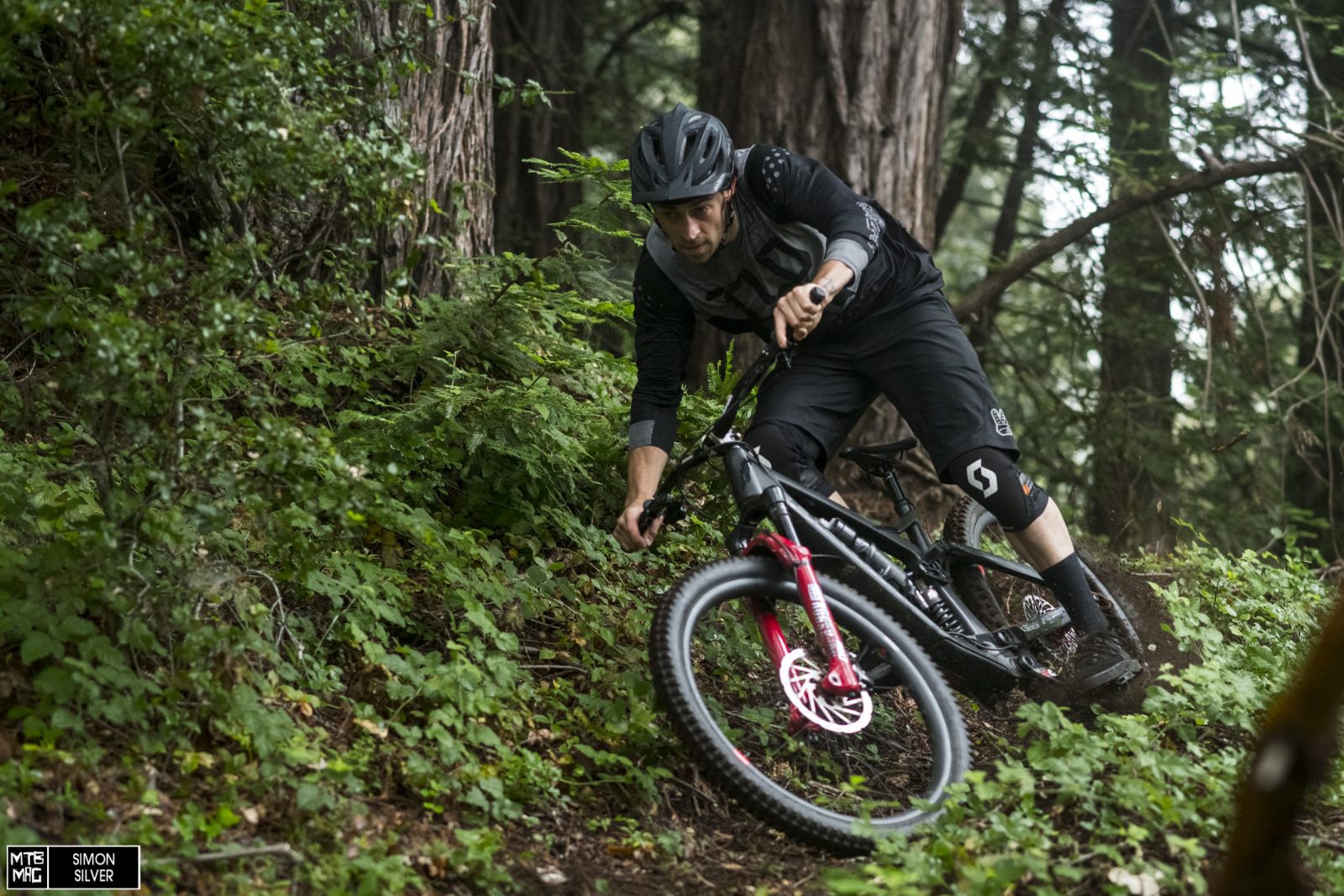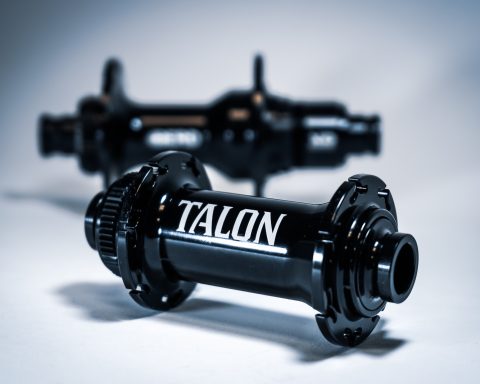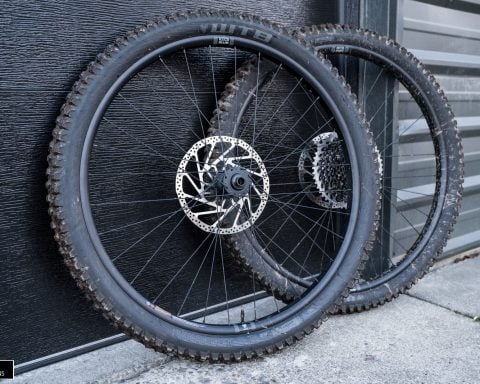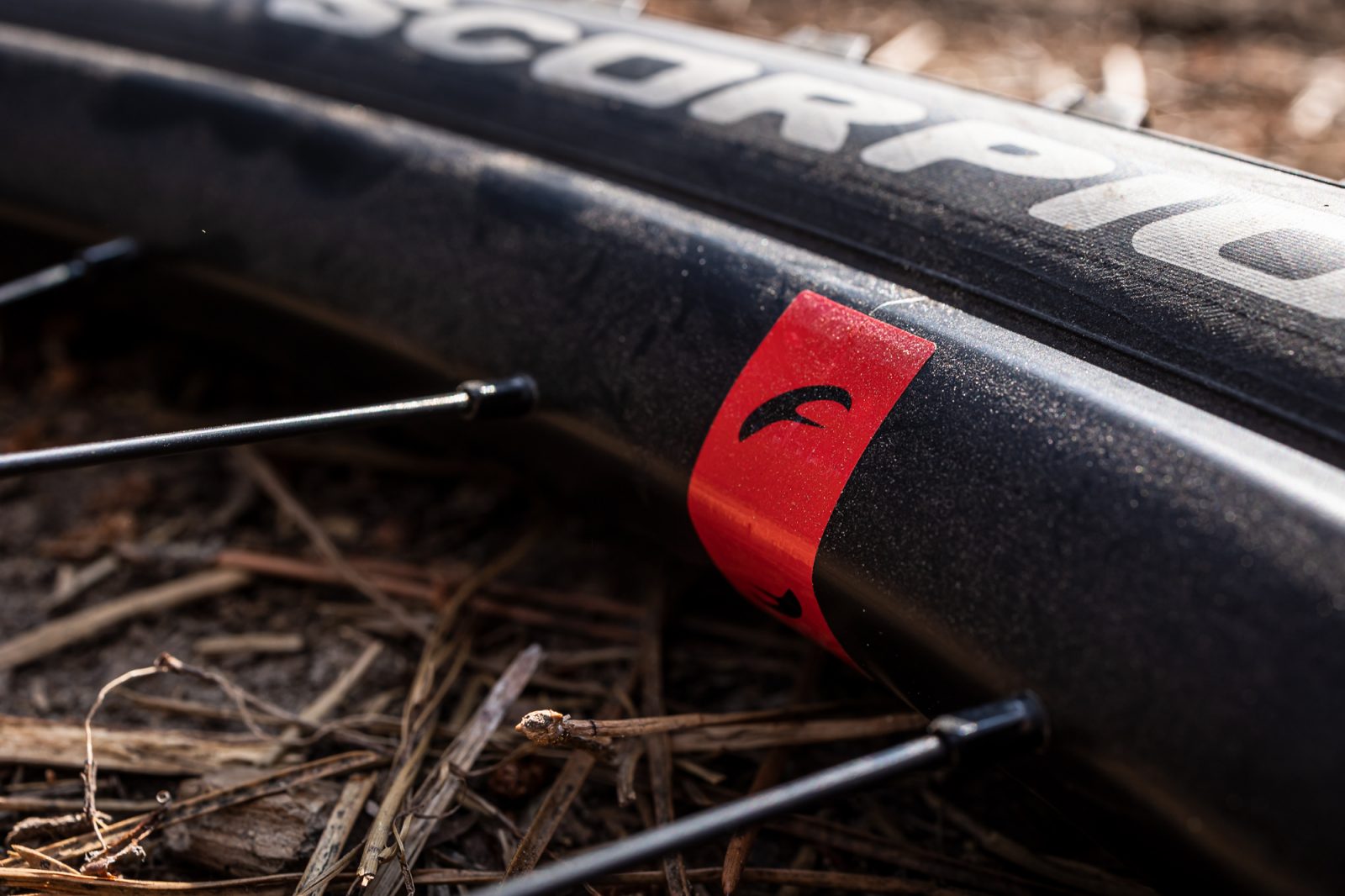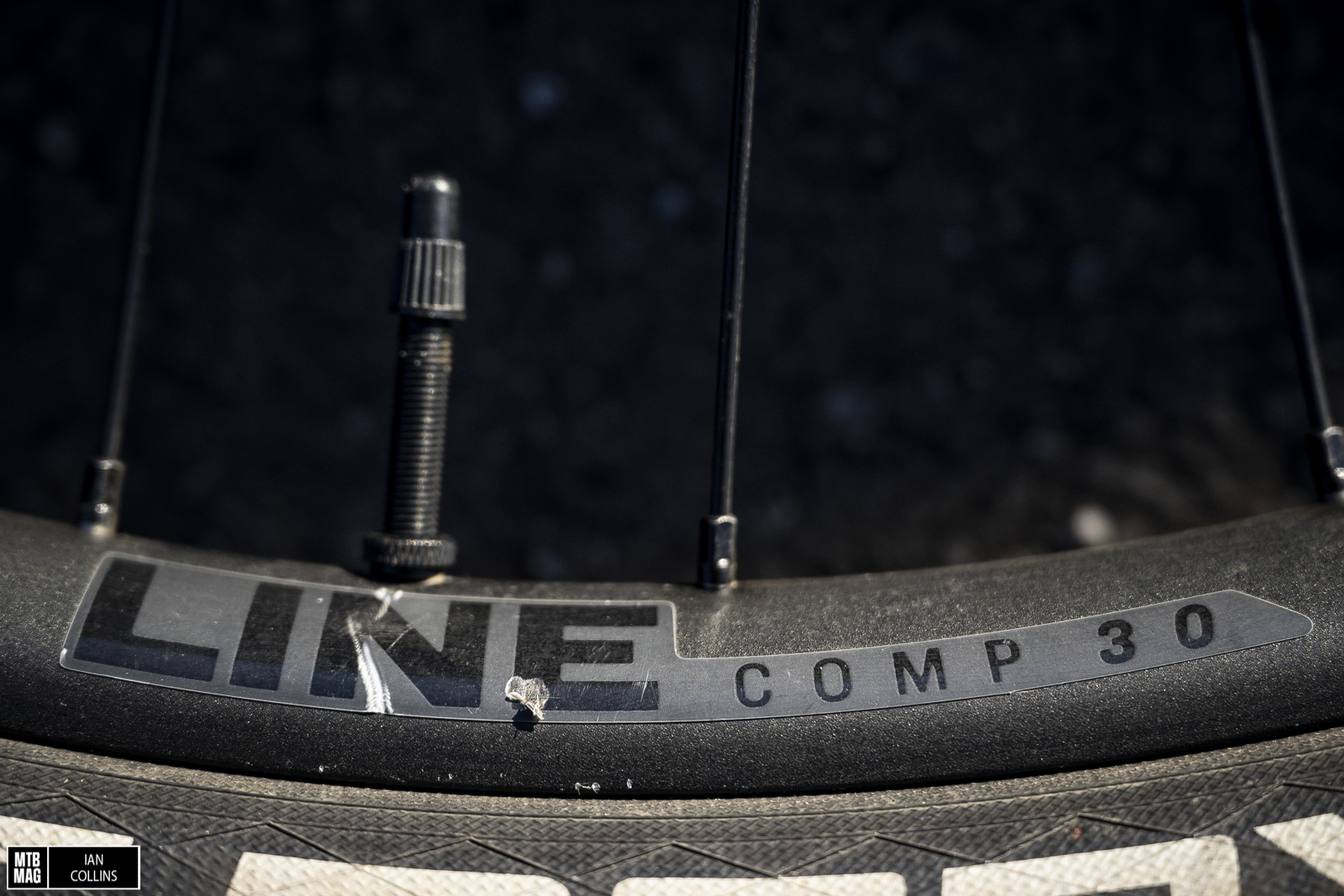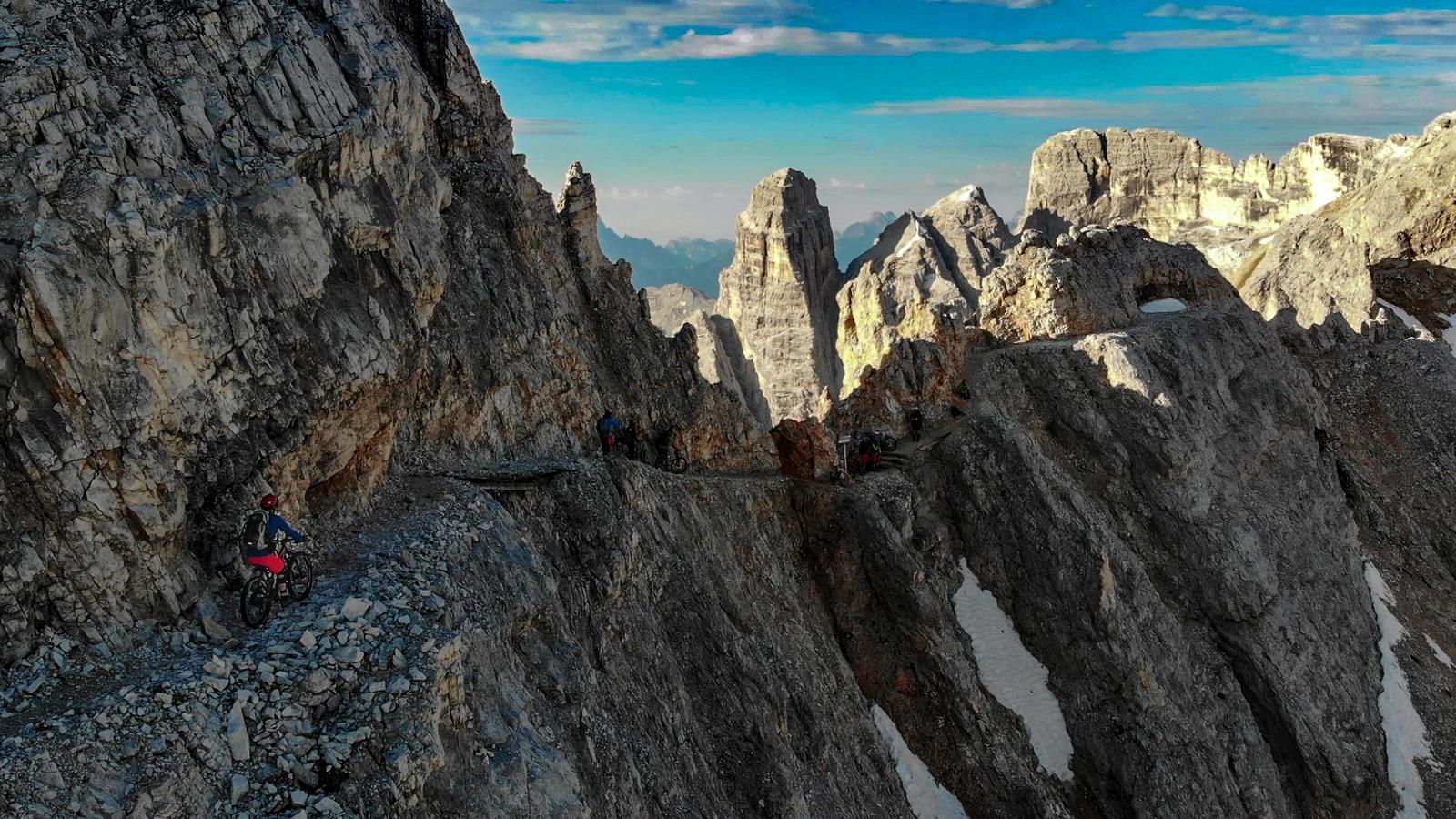Chris King is best known for their legendary headsets, hubs and bottom brackets – all of which feature incredible attention to detail and high precision, in house manufactured bearings. The Portland Oregon brand has been at it since 1976 – around 43 years now. What you may not be familiar with is the fact that King has a fairly expansive complete wheel program as well, with sets starting at just $1050. Additionally, in recent news, as of today they have extended their already generous warranty for the lifetime of their products. Some months ago, Chris King was kind enough to send us a set of their ISO hubs laced to Santa Cruz Reserve rims, neither of which we’ve tested yet. I bolted them up to a long travel bike, rode them a heck of a lot and also raced them to a rather unimpressive finish in a stacked field at the TDS Enduro. Here’s how they’ve been treating us.
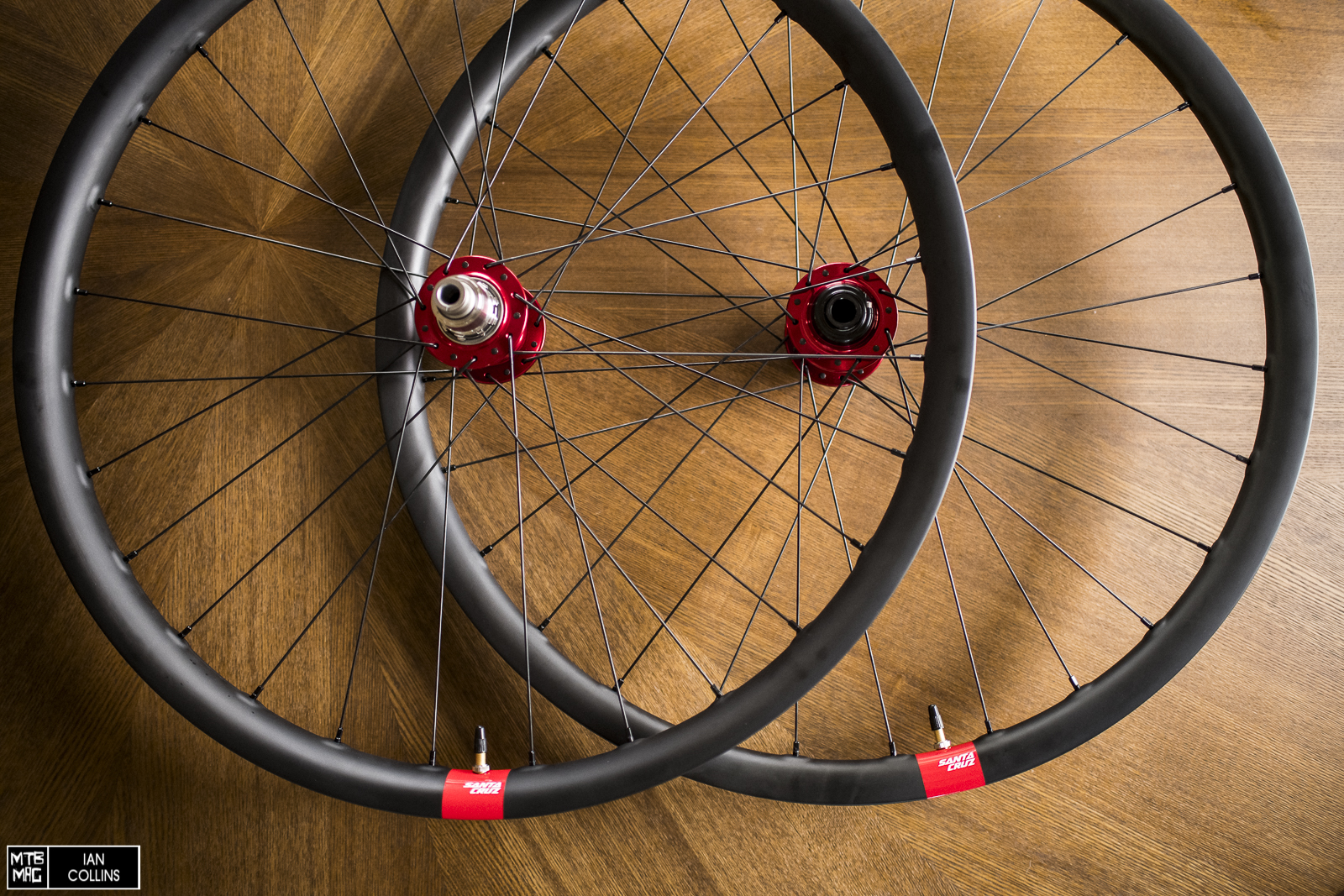
Details
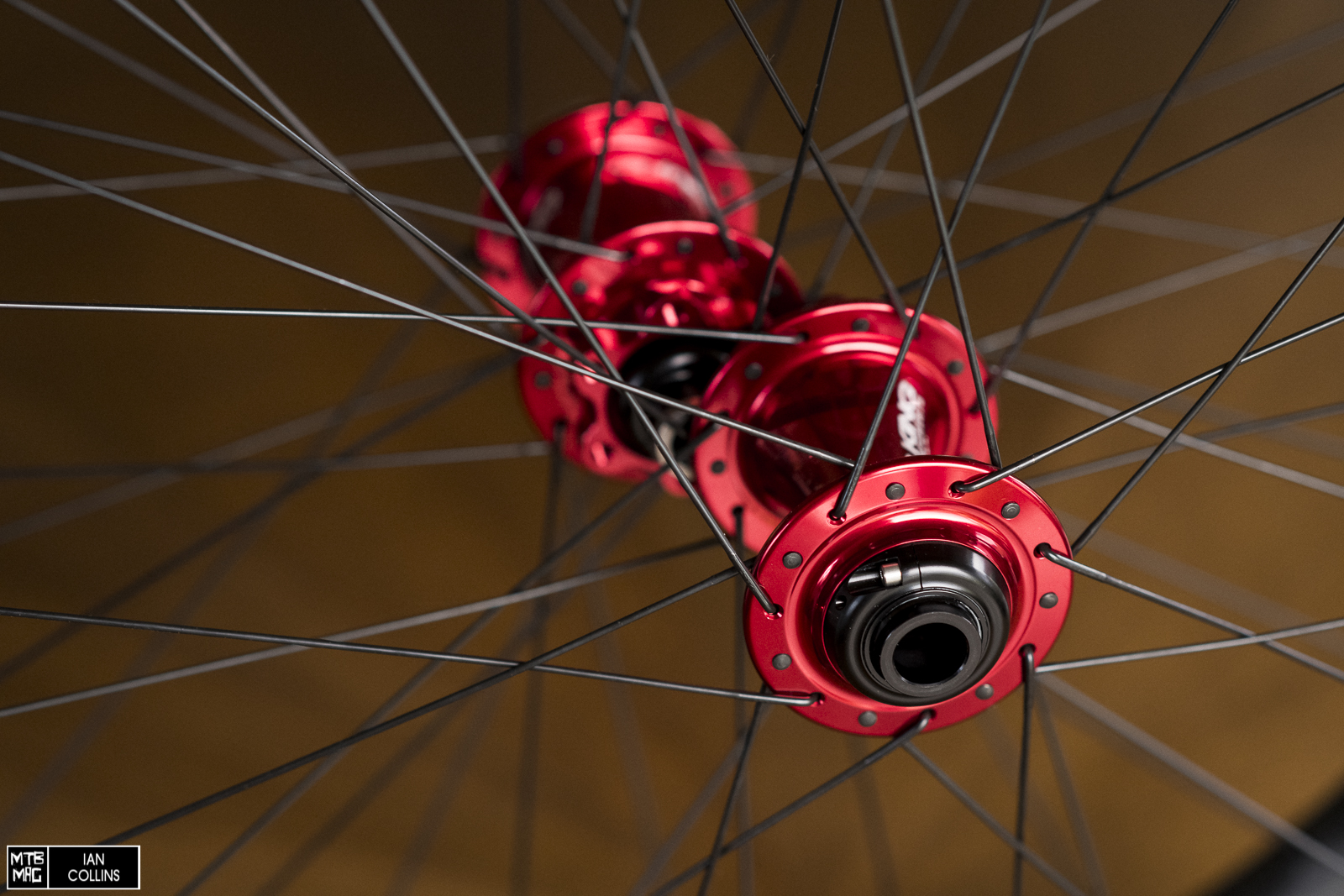
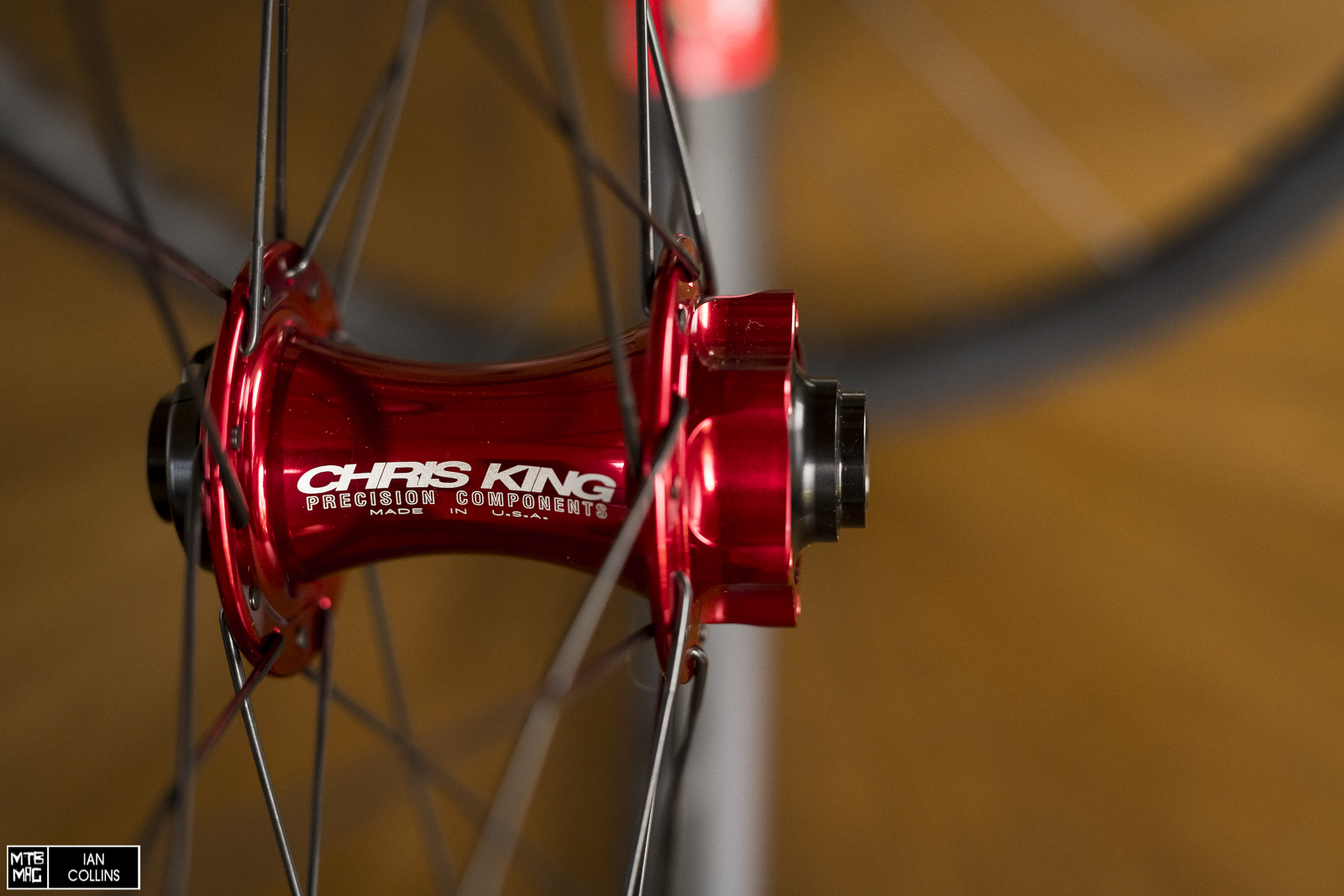

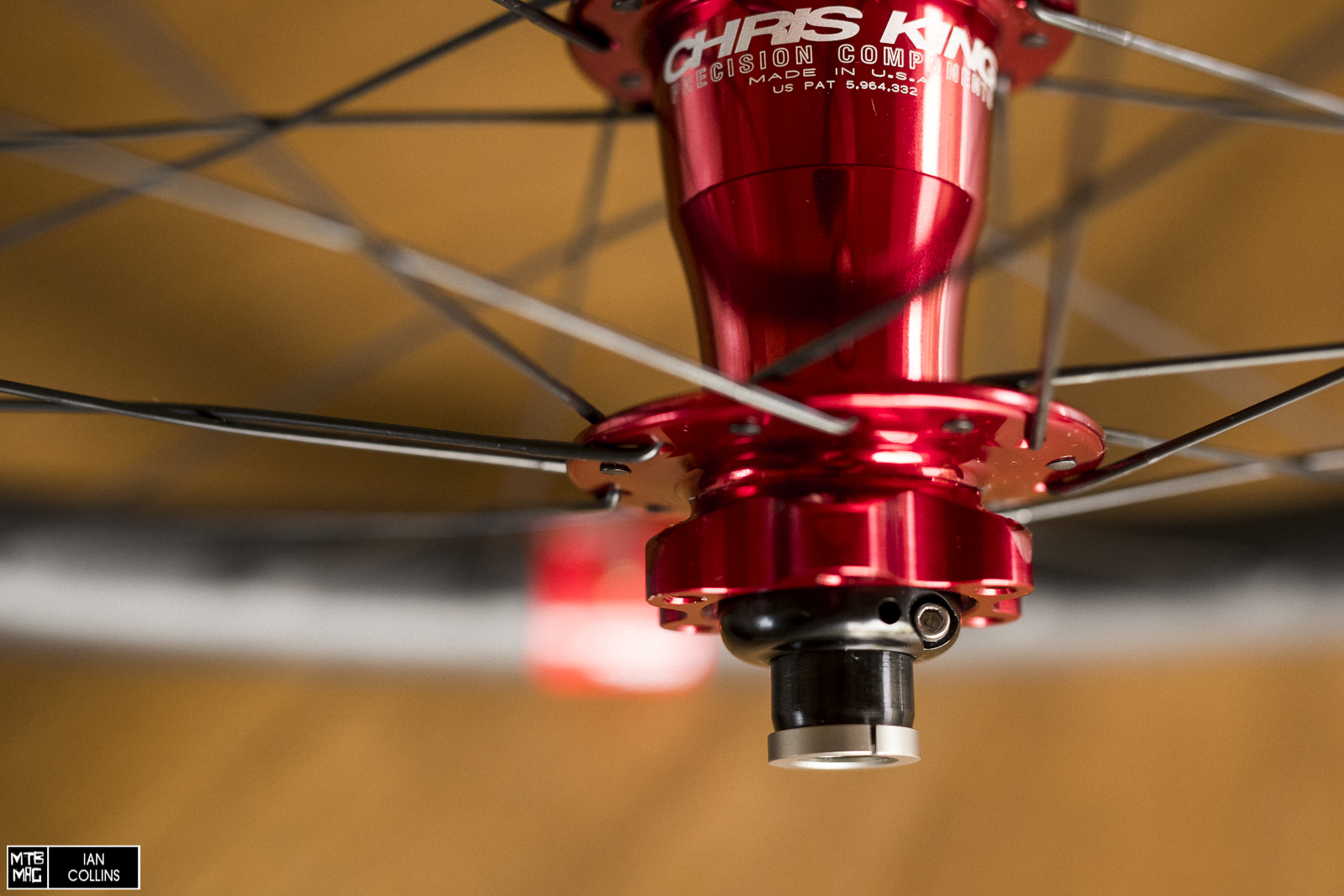
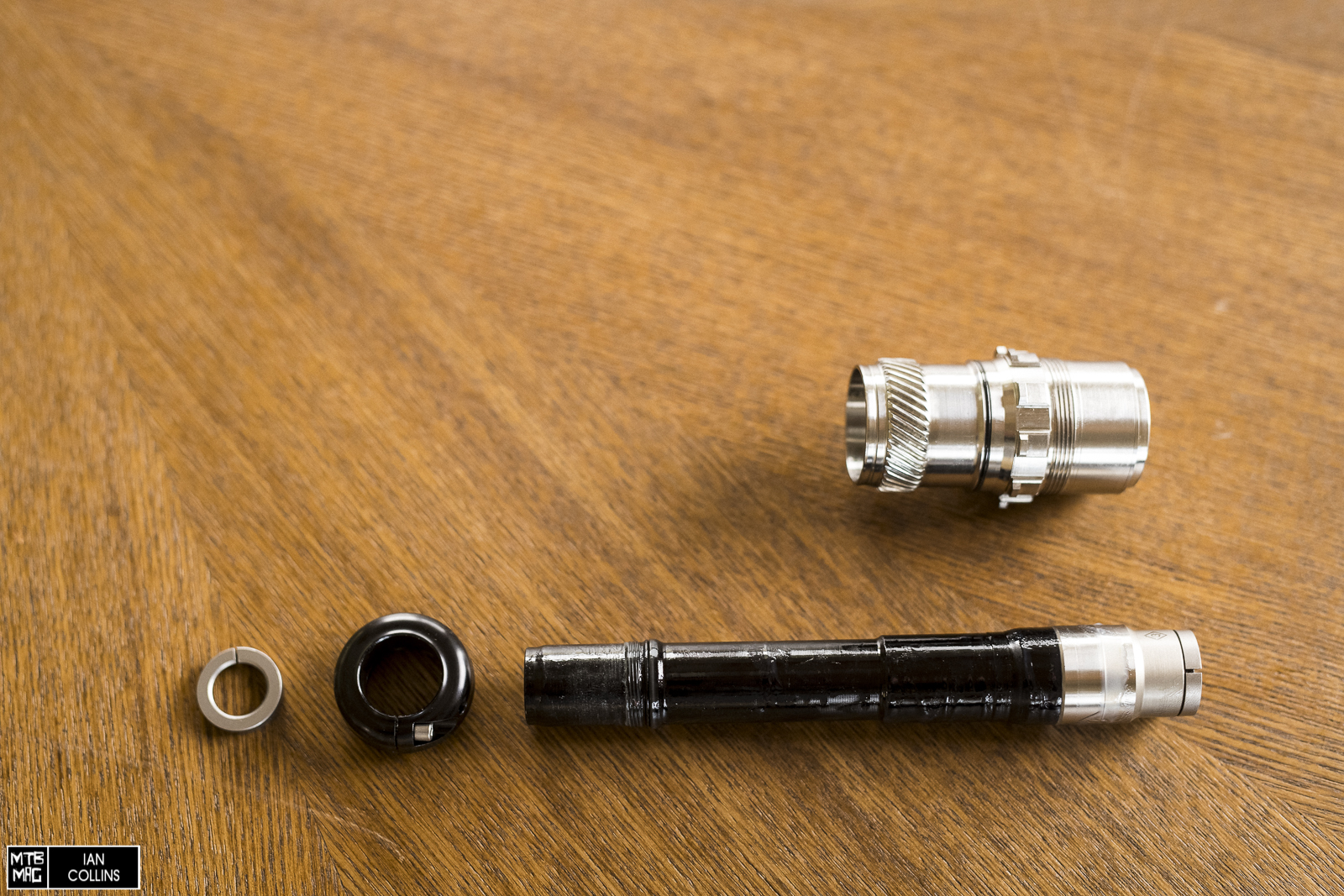
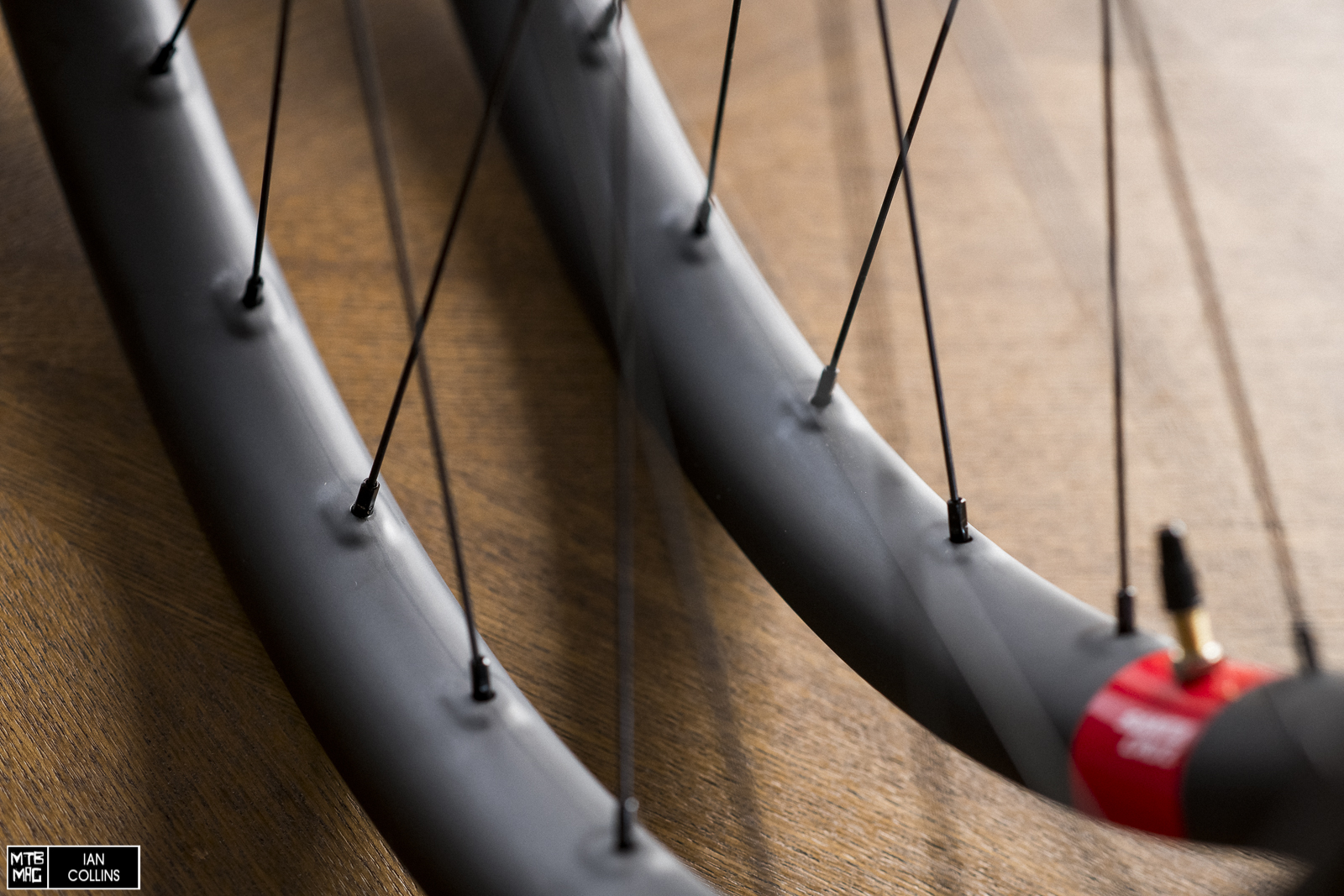
Chris King and Santa Cruz have a rock solid partnership which catalyzed over the years from King being a key partner of the Syndicate team. And thus, the wheels on test feature 30mm inner diameter Santa Cruz Reserve rims (which are also available in 27mm and 37mm). For average tire widths, 30mm is right where the industry has settled and for good reason. The Reserve rims are asymmetrical and feature a 5mm offset, which provides better bracing angles at the spokes from side to side, resulting in a stronger better balanced wheel. Finally, although you can’t see it in the photo above, the rather stout rims feature a hookless profile making for excellent resistance to burping as well as higher tolerance to rock strikes.
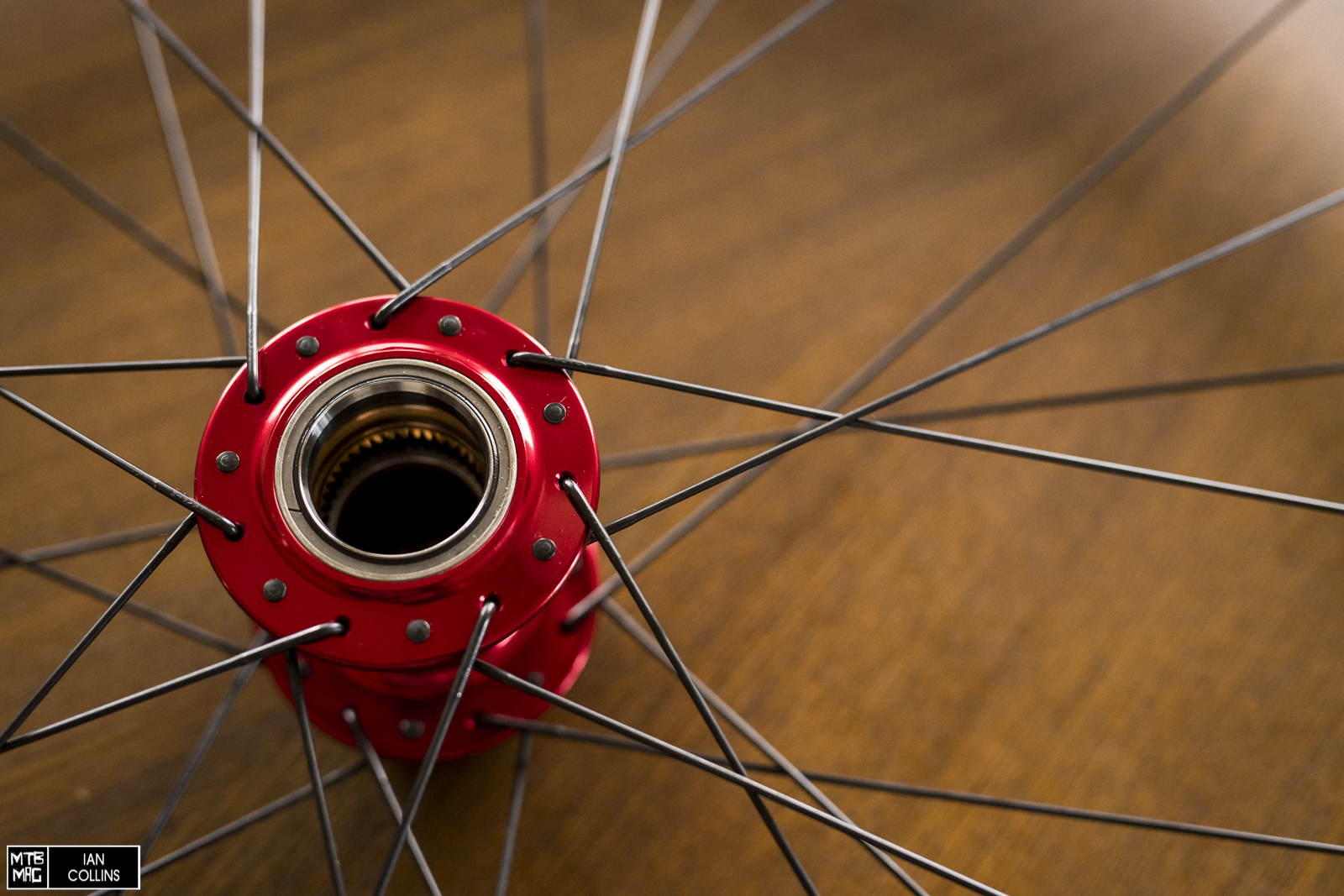
On the trail
